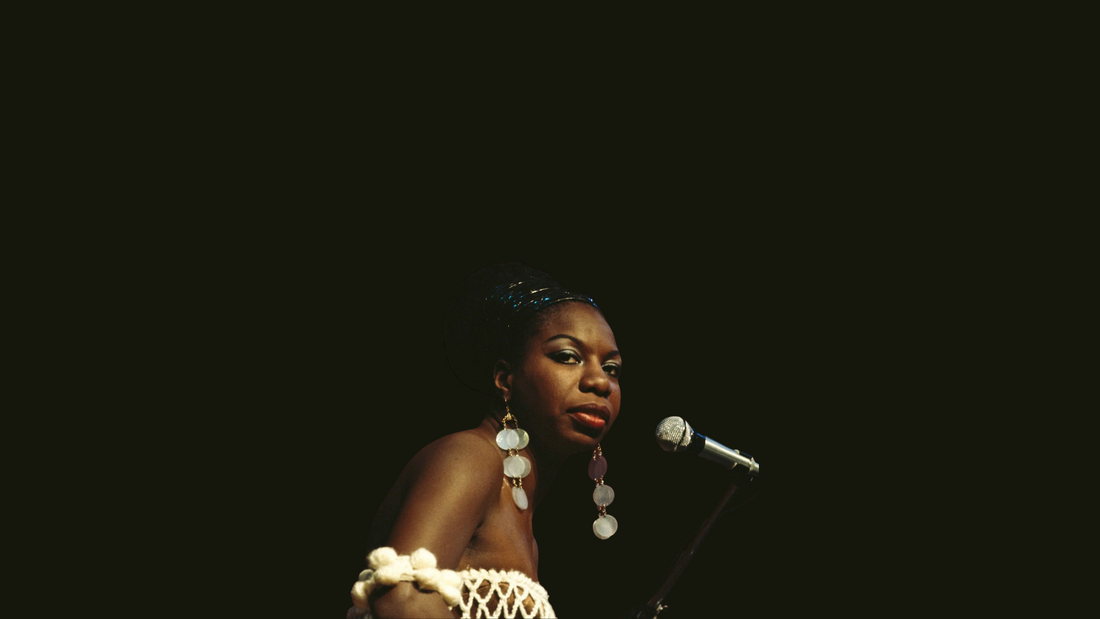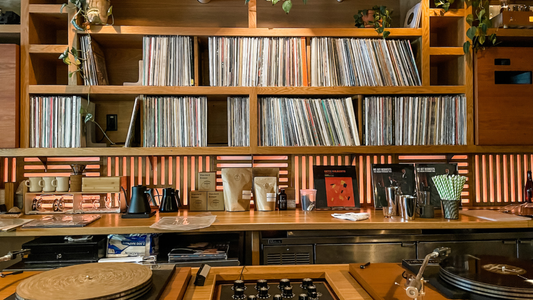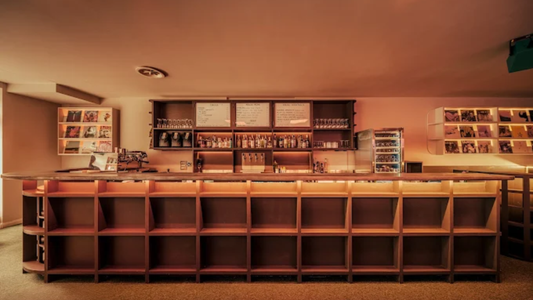
A Lexicon of Jazz: From the 1930s to Now
By Rafi Mercer
Jazz is not a genre. It is a lexicon, a vocabulary of sound and silence, of freedom and form, of history and future. To trace it from the 1930s to today is to walk through a dictionary where each entry is not a definition but a voice. Some voices whisper, some rage, some soothe, some insist. Together they form a language that is still alive, still evolving, still impossible to pin down.
The 1930s gave us Billie Holiday. Her voice was not the strongest, not the widest in range, but it was the most human. She sang as if every note cost her something, as if every lyric was pulled from her own heart. Listen to Strange Fruit and you hear not just a song but a nation’s wound. Listen to All of Me and you hear longing turned into lightness. She was jazz in its essence: fragile, resilient, utterly present. To hear her today, on vinyl, is to hear both the glamour of swing and the ache beneath it.
The 1940s birthed bebop, a revolt against the smoothness of swing, led by Charlie Parker and Dizzy Gillespie. Parker’s alto cut through the air like lightning; Gillespie’s trumpet bent notes into joy and mischief. Bebop was jazz turned inward, virtuosity as language, improvisation as grammar. It was music for listening, not for dancing — a radical shift. And it set the stage for everything that followed.
The 1950s brought Miles Davis. With Kind of Blue, he gave us modal jazz, simplicity as sophistication. Where bebop raced, Miles slowed. He left space, and in that space listeners found clarity. He was a master of timing, of restraint, of letting silence speak. And at his side was John Coltrane, still finding his way, still searching.
Coltrane would take jazz into the 1960s and beyond. He began with hard bop, then reached for the spiritual. A Love Supreme is more than an album; it is a prayer, a devotion, a four-part suite that feels like an ascent. Coltrane’s saxophone is both instrument and invocation. To listen actively is to hear him wrestle with the infinite, to hear a man pushing his body to channel something larger. Even today, in a listening bar in Tokyo or Berlin, when Acknowledgement begins, the room holds its breath.
Parallel to Coltrane was Nina Simone. Not always filed under jazz, but undeniably part of its lexicon. She was classically trained, fiercely intelligent, fiercely political. Songs like Mississippi Goddam and Four Women carried protest in every note. She played with form, mixing gospel, folk, blues, and jazz into something defiant. Nina was not smooth; she was jagged, raw, impossible to ignore. She reminds us that jazz is not only about harmony but about disruption.
The 1970s opened the lexicon wider still. Electric instruments entered, grooves thickened, boundaries blurred. Idris Muhammad sat behind the kit, laying down rhythms that moved jazz into funk and soul. His 1977 album Turn This Mutha Out is a testament to that fusion: bass deep, horns sharp, drums relentless. It was jazz that made you move, jazz that made you sweat, jazz that was no longer confined to clubs but part of dance floors and street corners. Idris gave jazz a body as much as a mind.
From there, the lexicon expanded endlessly. The 1980s brought Wynton Marsalis, returning to tradition with virtuosity and polish. The 1990s gave us Cassandra Wilson, reimagining standards with a voice of earth and smoke. The 2000s introduced us to artists like Robert Glasper, blurring jazz with hip-hop and R&B, showing that the language could adapt to new dialects without losing its soul.
And today, the lexicon continues to grow. Kamasi Washington, with The Epic, reclaims scale and ambition, building symphonies of sound that are as spiritual as Coltrane’s but infused with funk and soul. Nubya Garcia and Shabaka Hutchings lead a London scene that blends Afro-Caribbean roots with cosmic fire. Makaya McCraven loops and layers live improvisation into new forms, proving that jazz is not a museum piece but a living art.
Through all of this, what connects the entries in the lexicon is listening. Jazz has always demanded it. From Billie Holiday’s fragile phrasing to Coltrane’s torrents, from Nina Simone’s defiance to Idris Muhammad’s groove, the listener is not passive but participant. You lean in, you follow, you feel. In a world of noise, jazz reminds us that music is conversation, not broadcast.
This is why jazz belongs so naturally in listening bars. These are rooms shaped for presence, where silence frames the music, where fidelity reveals detail. To hear Billie on a high-fidelity system is to hear the room she sang in. To hear Coltrane is to feel the air moving through his horn. To hear Idris is to feel the floor vibrate with the kick. Jazz is music built for attention, and listening bars are spaces built for giving it.
A lexicon is never finished. New words are added, old words shift in meaning. Jazz is the same. What began in the 1930s as swing has become a language spoken in countless accents. But through every shift, the essence remains: freedom, presence, conversation. To trace jazz from Billie Holiday to Coltrane to Nina Simone to Idris Muhammad is to walk through history with your ears open. And to know that the story is still being written.
Rafi Mercer writes about the spaces where music matters. For more stories from Tracks & Tales, subscribe, or click here to read more.







